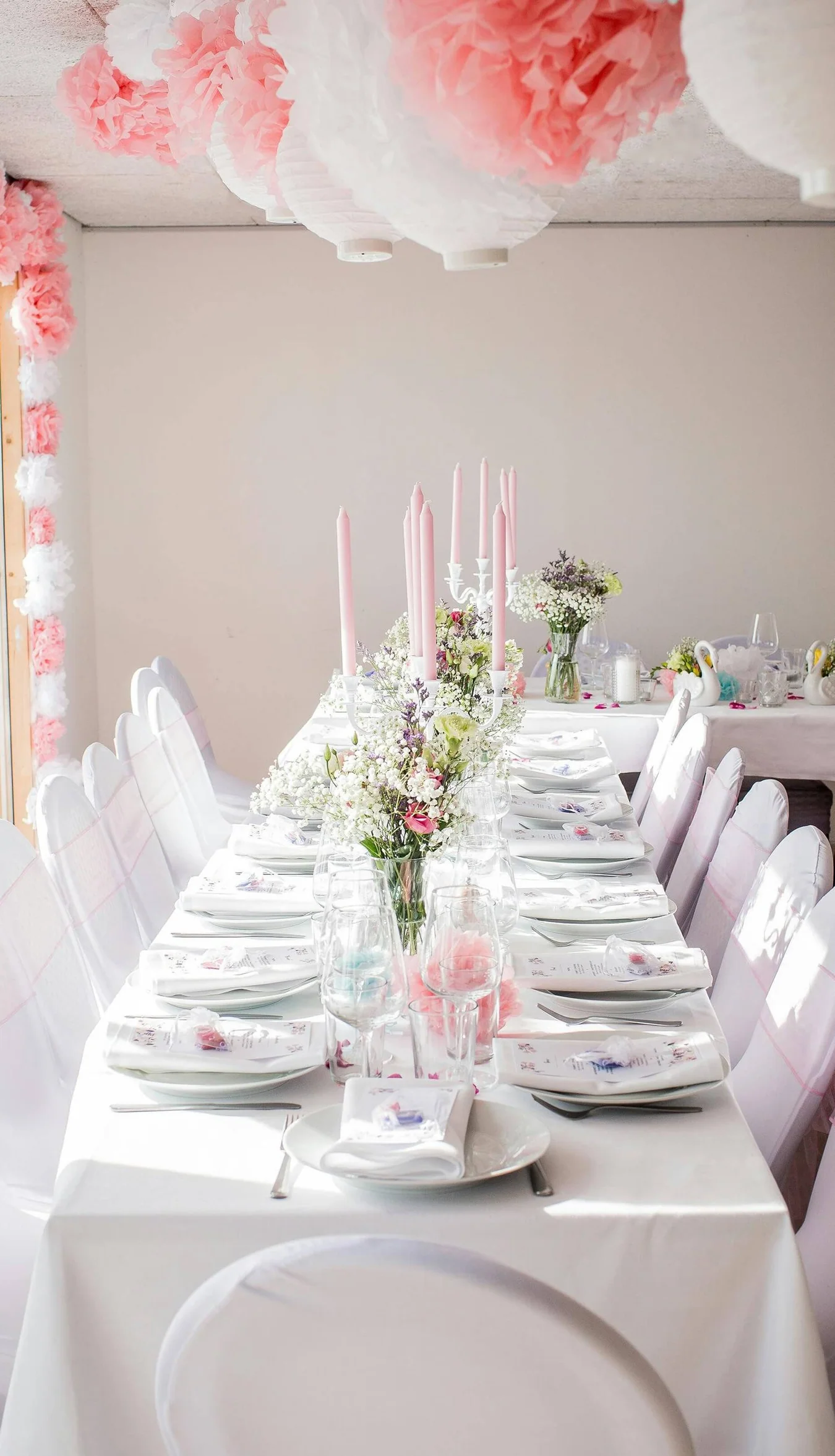Bed Linen Material Developments: Checking Out Modern Trends and Creative Applications in Layout and Textile Industry
From sustainable production techniques to sophisticated weaving technologies, the evolution of linen is improving the landscape of the textile industry. As we dive right into the worlds of creative style applications and the emergence of bed linen blends and hybrid materials, a brand-new phase unfolds in which bed linen's duty in future fabric innovations takes center stage.
Sustainable Practices in Linen Manufacturing
Lasting methods in bed linen manufacturing have ended up being progressively essential in the fabric sector's efforts to lessen ecological impact and advertise ethical sourcing approaches. Bed linen, a natural fiber obtained from the flax plant, provides a series of benefits such as sturdiness, breathability, and biodegradability. Nevertheless, typical methods of bed linen manufacturing can entail considerable water usage, chemical usage, and energy-intensive processes.
To address these obstacles, lots of fabric makers are adopting lasting techniques throughout the linen production procedure. This consists of sourcing flax from natural ranches that avoid unsafe chemicals and chemicals, implementing water-efficient retting methods to essence fibers from the flax stalks, and making use of environmentally friendly dyes and surfaces. Additionally, some companies are investing in renewable resource sources to power their manufacturing facilities and minimizing waste through recycling and upcycling campaigns.
Technological Innovations in Bed Linen Weaving
With the expanding focus on lasting practices in bed linen production, the fabric sector is now observing a rise in technological improvements specifically targeted at reinventing the art of linen weaving. These innovations are reshaping the way linen fabrics are created, offering enhanced efficiency, quality, and creativity in weaving strategies.
Among the key technological advancements in bed linen weaving is the assimilation of electronic looms. These sophisticated looms are geared up with software program that permits complicated and intricate layouts to be woven with precision. By digitizing the weaving procedure, manufacturers can achieve higher uniformity and precision in their bed linen textiles.
In addition, developments in yarn spinning modern technology have enabled the manufacturing of finer and more resilient linen threads - table cloths. This leads to softer and smoother bed linen materials that keep their quality even after multiple usages and washes
In addition, the advancement of environmentally friendly dyeing processes and finishes for linen textiles is gaining traction. These lasting practices not only lower the environmental impact yet likewise satisfy the boosting consumer need for morally produced fabrics.
Creative Style Applications for Bed Linen
Innovative imaginative methods are significantly shaping the creative style applications for linen in the fabric industry. Developers are pressing the limits of traditional linen use, discovering its adaptability in different applications. One popular trend is the integration of bed linen in sustainable style lines, where its environmentally friendly residential properties are highlighted. Linen's natural visual allure and ability to mix with other materials make it a favorite option for producing distinct garments and devices that provide to the eco mindful customer.
Moreover, developers are explore bed linen in home design, utilizing its sturdy and breathable nature to craft elegant furnishings such as drapes, bedding, and upholstery. The texture and drape of linen bring a sense of elegance and comfort to indoor rooms, including a touch of sophistication to modern-day homes.

Linen Blends and Hybrid Fabrics

Crossbreed materials, on the other hand, take the idea of mixing a step additionally by including extra elements such as metal threads, recycled materials, or conductive fibers. These cutting-edge fabrics not just expand the style opportunities yet also present functional like this facets like conductivity, antimicrobial properties, or boosted longevity. Hybrid textiles are significantly being used in numerous sectors, consisting of style, interior decoration, and technological fabrics, where the demand for multifunctional products is on the increase.
Bed linen's Duty in Future Fabric Innovations

In the world of future textile advancements, bed linen is anticipated to be a vital player in the development of innovative functional fabrics. Researchers and developers are checking out ways to improve bed linen's fundamental high qualities via technical innovations, such as incorporating smart textiles, nanotechnology, and performance finishes. These developments aim to boost bed linen's efficiency characteristics, making it suitable for a broader variety of applications, from activewear to protective clothing.
Moreover, the combination of linen with various other natural or synthetic fibers opens countless opportunities for creating novel fabrics with special residential or commercial properties and performances. By image source leveraging bed linen's features and discovering innovative blends, the fabric industry is poised to present exciting developments that deal with advancing consumer needs and sustainability requirements.
Verdict
Finally, the exploration of lasting methods, technical improvements, innovative style applications, linen blends, and its role in future textile developments highlight the continuous advancement of linen fabric in the modern-day style and fabric industry. With an emphasis on advancement and creativity, the versatility and eco-friendly nature of linen make it a beneficial product for designers and suppliers alike, leading the way for more developments and innovations in the field of textiles.
As we delve right into the worlds of innovative layout applications and the development of bed linen blends and hybrid textiles, a new chapter unravels in which linen's duty in future textile advancements takes facility stage.
Discovering the combination of linen with other textiles has actually led to the development of cutting-edge blends and crossbreed textiles in the modern fabric industry. Linen blends supply a distinct combination of the features of linen with those of various other fibers, resulting in fabrics that have enhanced properties such as boosted durability, enhanced draping, and lowered wrinkling.The advancement of linen blends and hybrid materials has actually established the stage for Linen to play a crucial role in driving future textile advancements.In the realm of future fabric innovations, bed linen is anticipated to be a key player in the advancement of innovative useful materials.